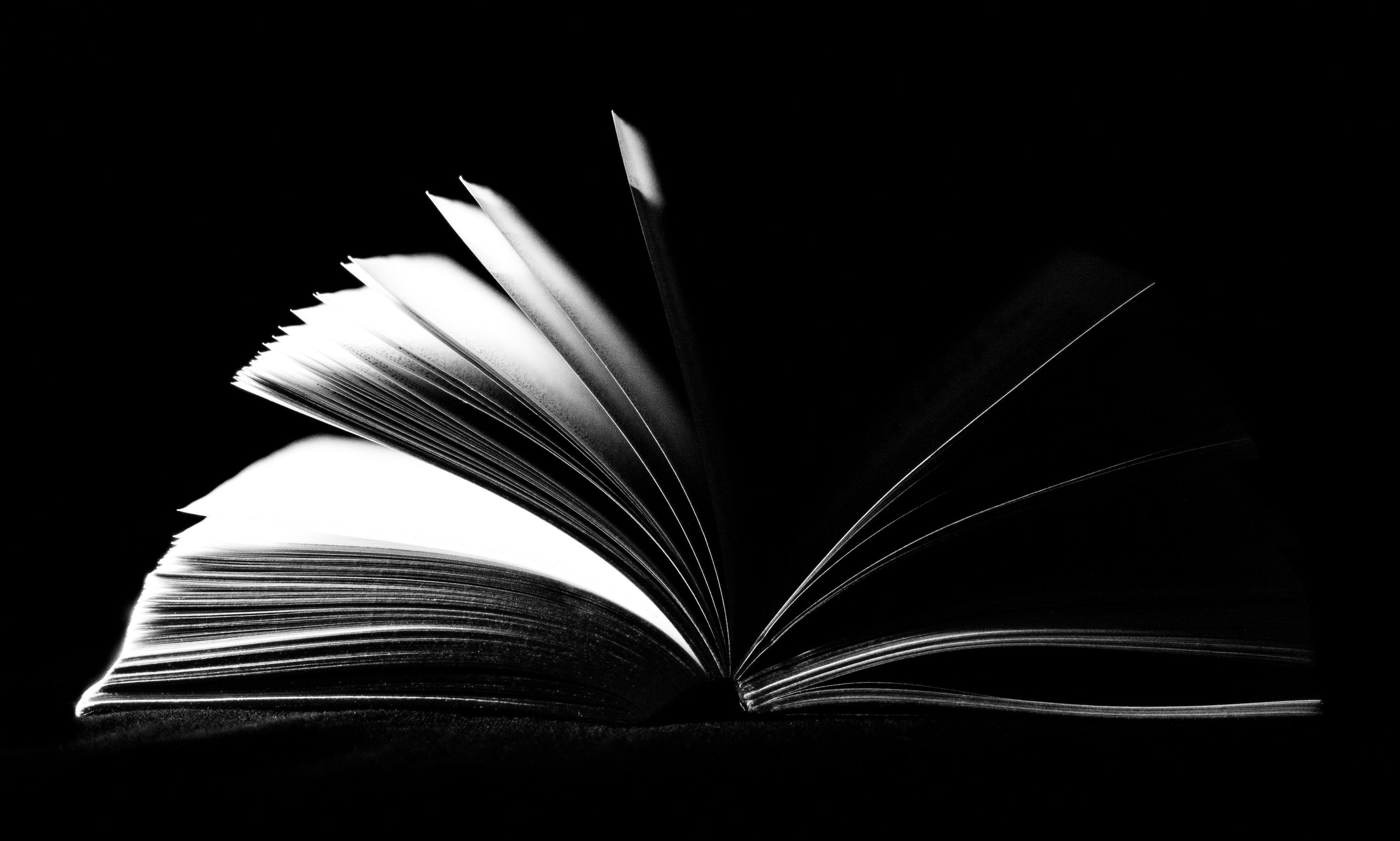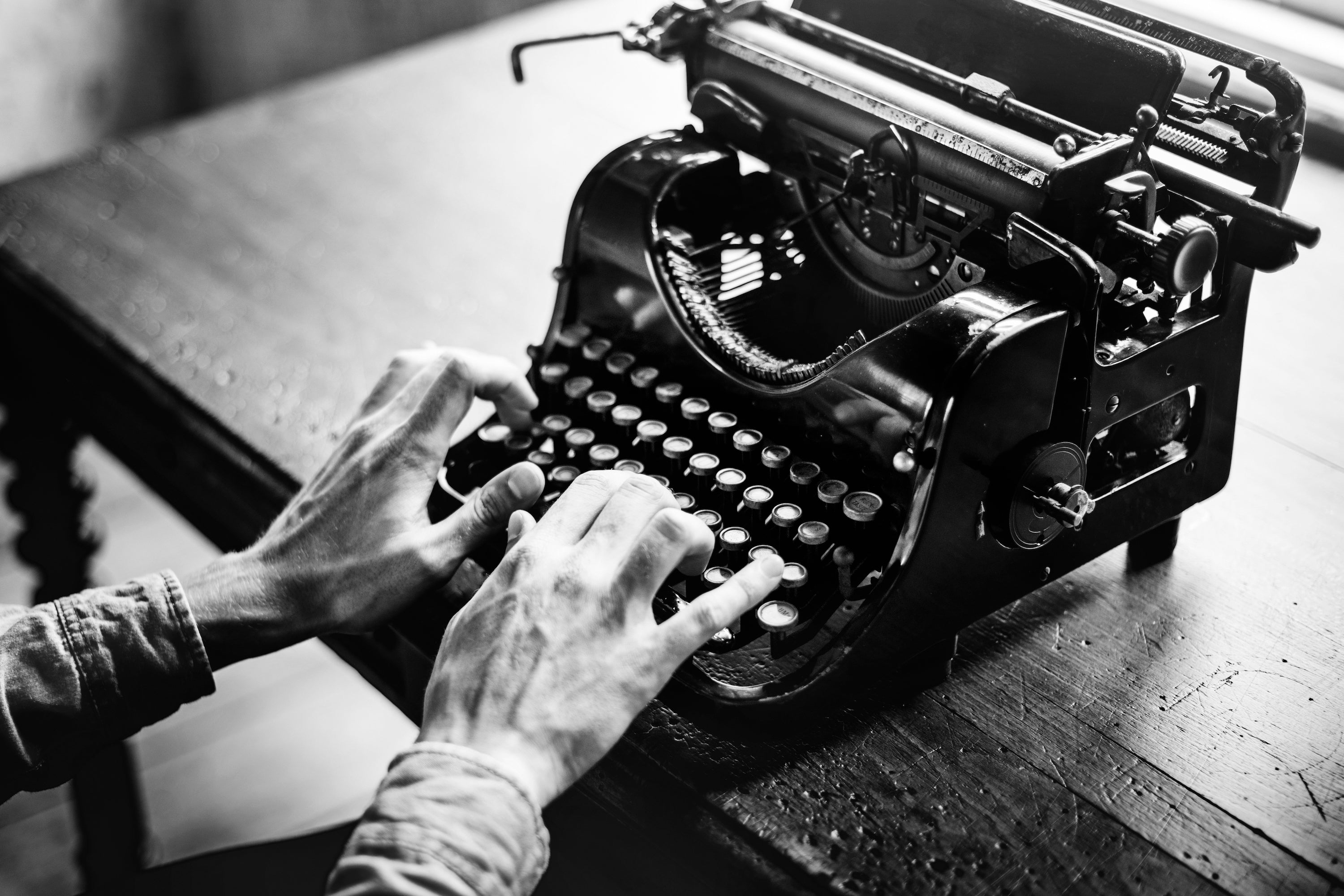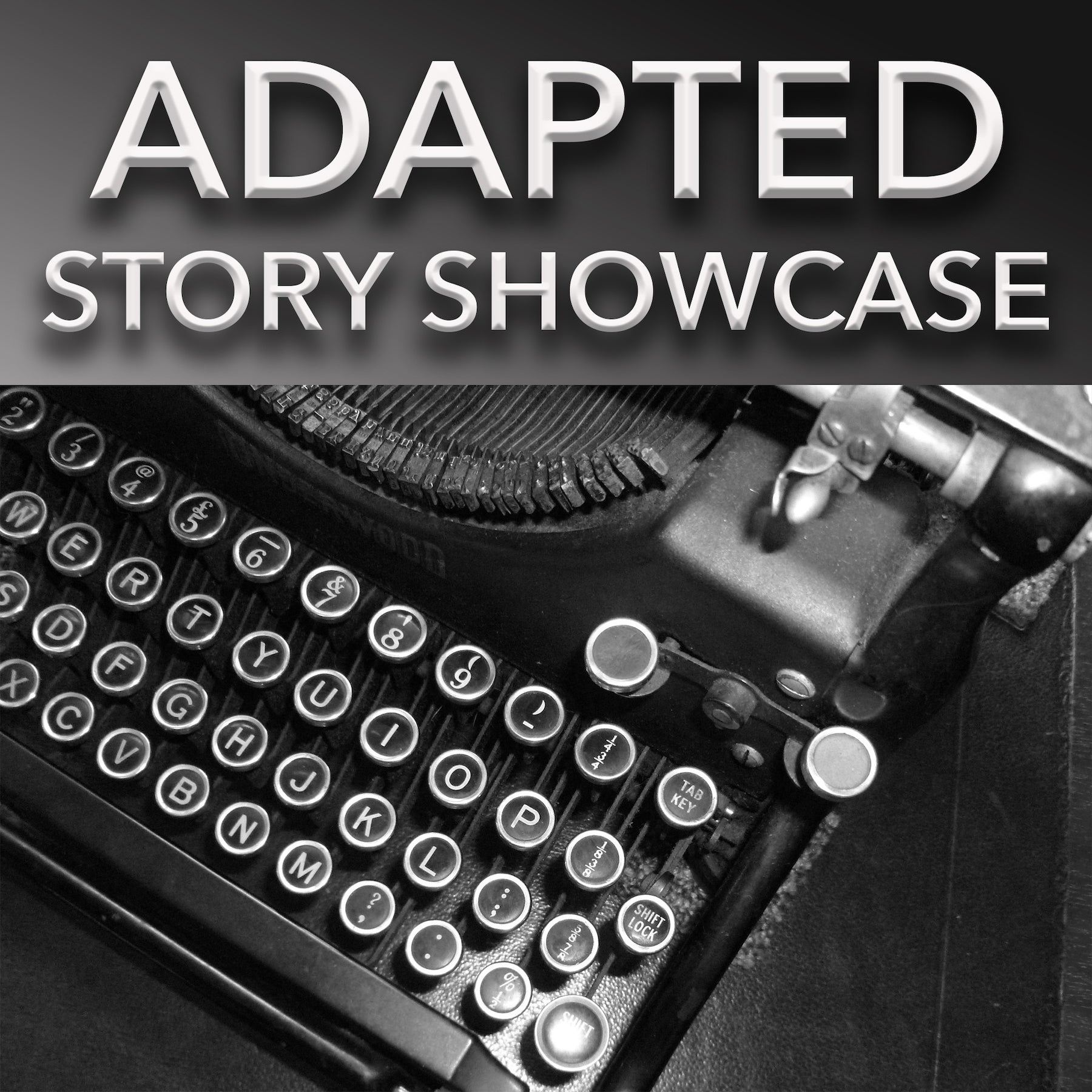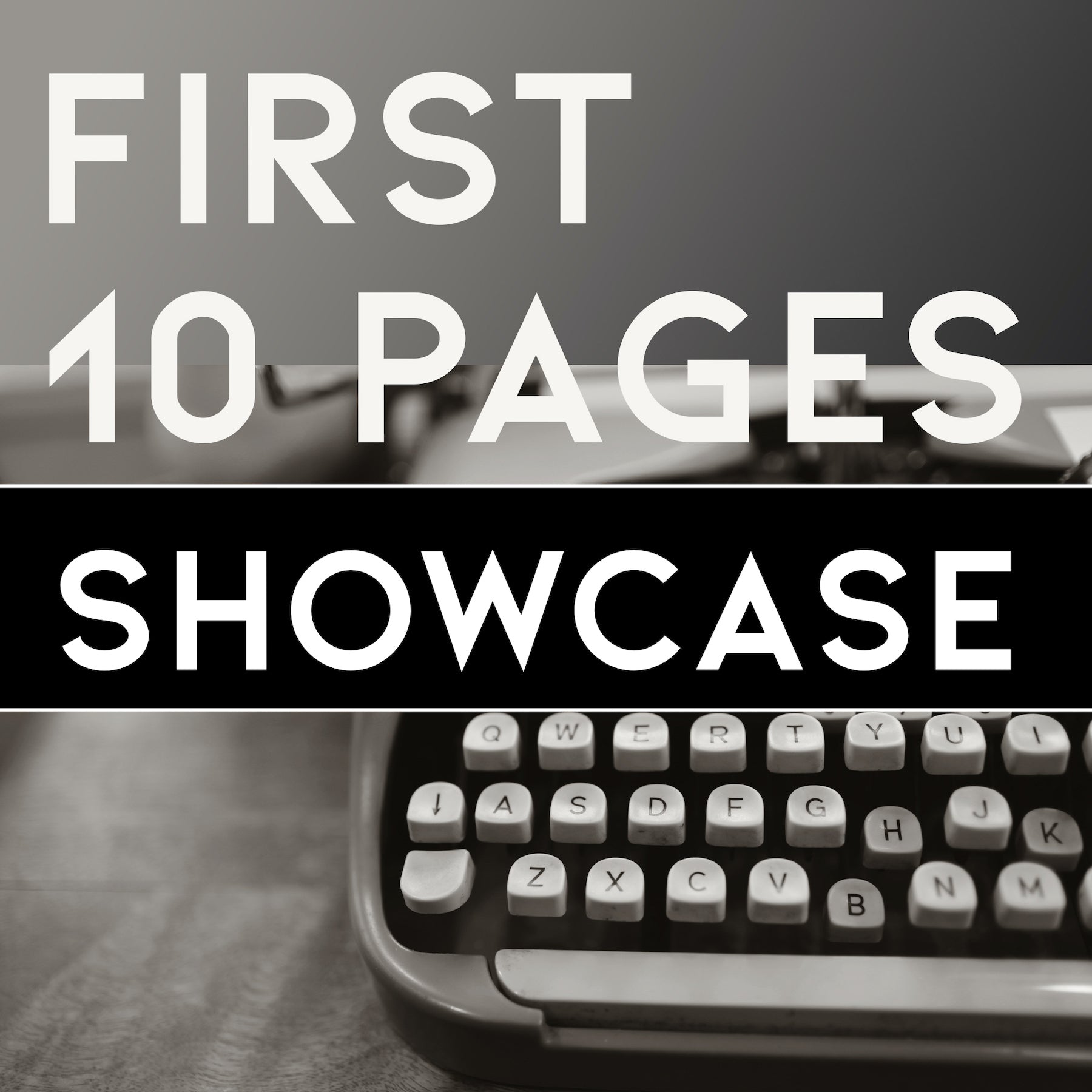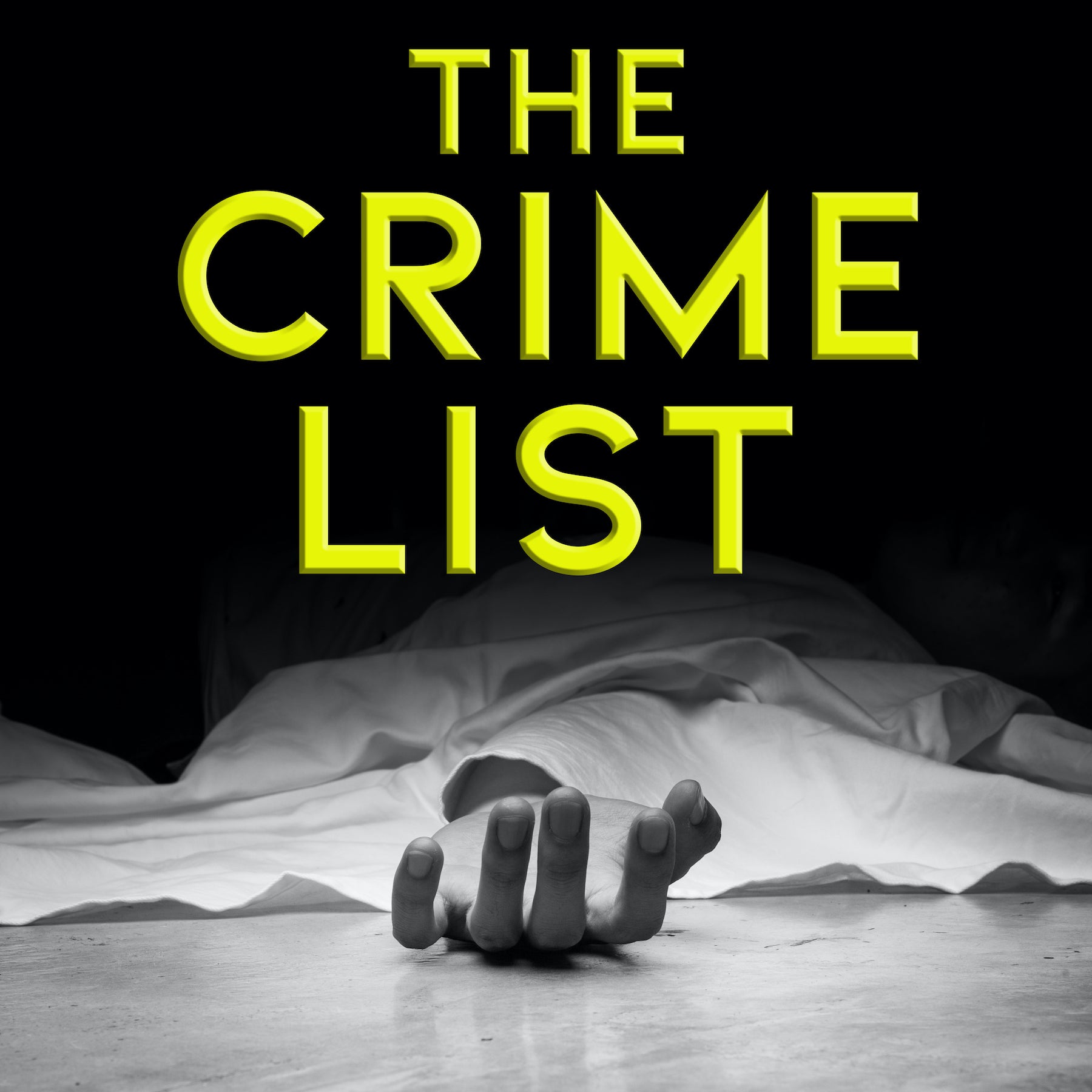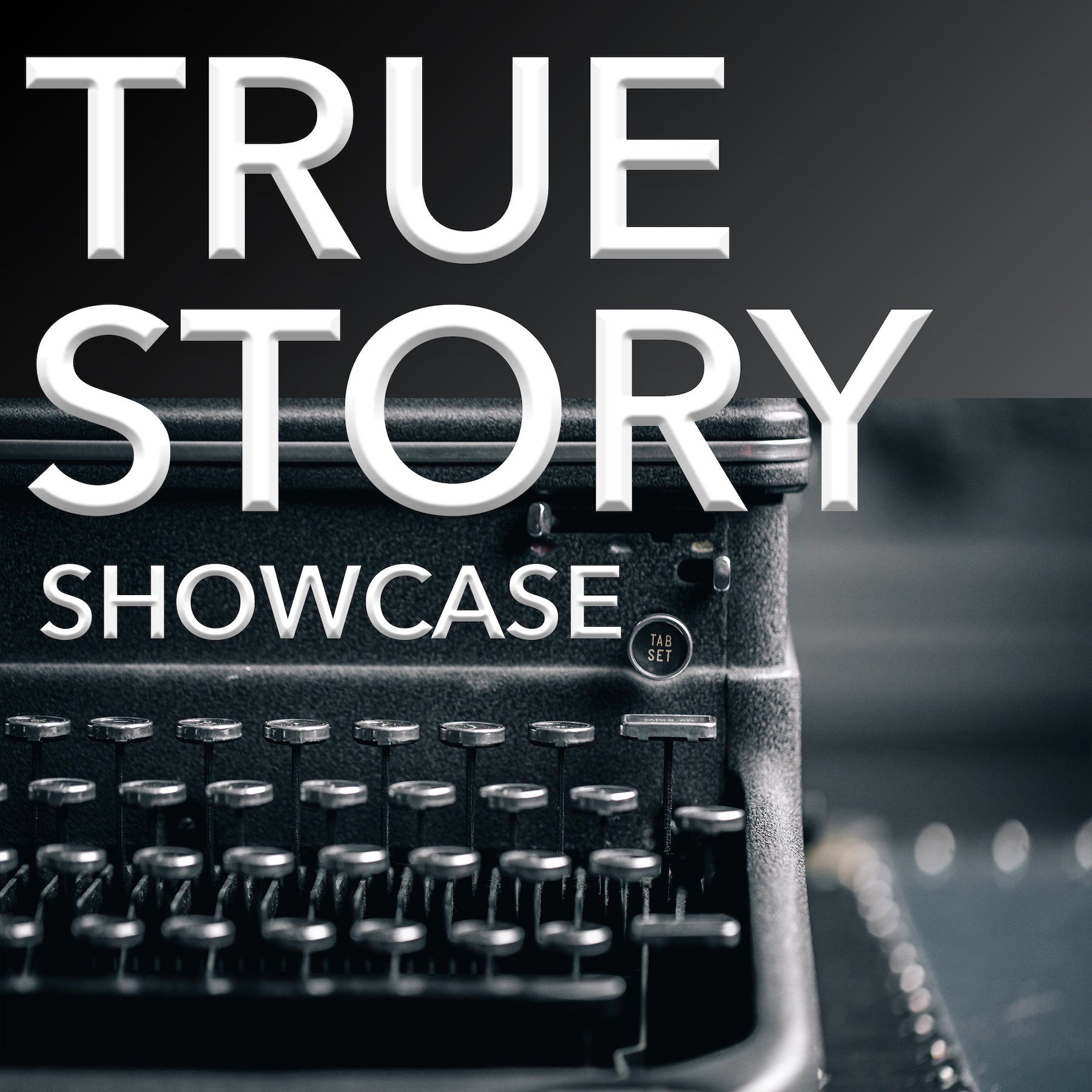
Writing True Stories: A Brief Guide to Crafting Narrative Nonfiction
Contents
6 Narrative Nonfiction Genres Defined
Viewpoint in Narrative Nonfiction Writing
Framing the Narrative Nonfiction Story
When to Use Scenes in Narrative Nonfiction Writing
7 Ways to Capture a Sense of Place in Narrative Nonfiction Writing
6 Narrative Nonfiction Genres Defined
Narrative nonfiction (also referred to as "creative nonfiction" or "narrative writing") is truthful writing that reads like a novel. It incorporates storytelling techniques such as plot, conflict, and dialogue, and requires:
- Factual subject matter
- Exhaustive research
- Compelling narrative (literary prose style)
History
History books usually have a scholarly tone and are often written by experts (not necessarily a professional historian, but at least someone who has studied the subject extensively). Historical stories are compelling to readers when they evoke a sense of place – maintaining the customs, culture and knowledge of the period – provide relevance to our lives today or reveal something new about a well-known (or little-known) event. Military books are considered a sub-genre of history.
Examples: Killing Pablo, Black Hawk Down, Band of Brothers, 1776, How the Irish Saved Civilization, Seabiscuit
Adventure
Adventure books usually consist of a man-against-nature story. They often have an extreme and dramatic quality and an exotic location.
Examples: Into the Wild, Into Thin Air, The Perfect Storm
Travel / Travelogues
Travelogues incorporate the author’s travel experience and may include travel guide details about the destination.
Examples: A Walk in the Woods, In a Sunburned Country, Under The Tuscan Sun
Biography
Biographies come with their own set of challenges. Will the subject (if alive) or family cooperate with the telling of his or her story? How will ‘fans’ of the subject respond to negative revelations? Has the subject been covered thoroughly, or do you have a new perspective or theory to present to readers? Does the subject warrant cradle-to-grave coverage or is there one inspirational event or portion of your subject’s life worthy of exploration? Along with extensive research and minute fact verification, biographies require the author to be devoted to the subject matter but objective enough to go wherever the truth may lead in order to create an accurate portrayal.
Examples: John Adams, JFK, The Snowball: Warren Buffett and the Business of Life
Memoir
The challenge of memoir is to write a personal account (whether tragic or inspiring) that has a universal connection. Memoir must transcend the personal and become a shared experience for readers.
Examples: Angela’s Ashes, Running with Scissors, Dreams of My Father
True Crime
True Crime accounts incorporate the art of the newspaper reporter. It requires investigative, analytical attention to detail and some understanding of police and forensic procedures. You will need to feel comfortable interviewing the cast of characters - the victim’s family, the detectives, the lawyers, and the perpetrator – and have the ability to capture and convey what is identifiable and intriguing.
Examples: In Cold Blood, And the Sea Will Tell, The Stranger Beside Me, The Devil In The White City, Echoes in the Darkness, The Executioner’s Song
Viewpoint in Narrative Nonfiction Writing
Unlike prescriptive or practical nonfiction, which is written from the perspective of the author and addresses readers directly (using “you” and “we”), narrative nonfiction writing requires authors to select a viewpoint that most effectively conveys the story.
Narrative writing employs three main viewpoint (or point of view) perspectives:
1. First-Person Narrative
The first-person perspective injects the author into the story. The writer becomes a character in the story with feelings, thoughts, opinions and biases related to the subject or topic. First-person perspective is used best in memoir and autobiography. Inserting “I” in the narrative of other types of stories can be challenging for the writer and distracting for the reader - critics of John Kraukuer’s books (Into Thin Air, Into the Wild) cite his constant interjection of himself into the stories as annoying and unnecessary. While the use of the first-person narrative in The Men Who Stare at Goats by Jon Ronson, works because the author presents himself in the story as the “everyman” and becomes that character for readers. “As told to the author” books also employ the first-person narrative.
2. Third-Person Objective Narrative
The third-person objective narrative presents a more journalistic, unbiased approach to the material. The story is conveyed through a neutral narrator (using “he”, “she”, “they”), devoid of the characters’ feelings, thoughts, or opinions. Truman Capote uses this technique for In Cold Blood:
“The black Chevrolet was again parked, this time in front of a Catholic hospital on the outskirts of Emporia. While Perry waited in the car, Dick had gone into the hospital to try and buy a pair of black stockings from a nun. This rather unorthodox method of obtaining them had been Perry’s inspiration; nuns, he had argued, were certain to have a supply.”
3. Third-Person Subjective Narrative
The third-person subjective narrative tells the story from the perspective of a narrator (using “he”, “she”, “they”) and presents the feelings, thoughts, opinions, biases and knowledge (time, people, places, and events related to the story) of one (limited perspective) or all characters (omniscient perspective.) Author Anthony Flacco uses this method in The Road Out of Hell: Sanford Clark and the True Story of the Wineville Murders:
“Thirteen-year-old Sanford Clark felt his stomach lurch when he realized that his mother was really going to send him away. He stared down at the floor and fought to control his breathing while his brain reeled from the news. Everything about it felt wrong. The atmosphere in the room took on a poisonous feel, as if a thin mist of acid had just rolled in through the window. He knew that his mother and uncle were telling him a pack of lies. It was so off-kilter and strange that the moment belonged in a bad dream.”
Framing the Narrative Nonfiction Story
Framing your story refers to the way you order the narrative so that the elements of your book are presented in the most interesting way. As a nonfiction writer your job is to construct your frame to steer the story in a specific direction while engaging the reader and creating a degree of suspense.
Your frame must work in harmony with the content of your story. Your content is the inciting incident, what it is your subject wants, what’s at stake, the conflict he must face and overcome to achieve his goal, how he is transformed by the process, and the ultimate cost for him to succeed.
The frame (or how the content is presented) considers ways the drama of the story is conveyed through scenes, sequences, action, dialogue, tone, pace, style and conflict.
In Part One of In Cold Blood, Truman Capote weaves the timeline of the victims and the killers together, heightening the suspense leading to the tragic murders.
Timothy Egan presents the story of The Worst Hard Time in chronological order while inter-cutting modern-day reminiscences from survivors - drawing the reader into the devastating emotional consequences.
Mark Bowden recreates the battle of Mogadishu in Black Hawk Down using a narrative that splices together the stories of various individuals in different locations during the combat - keeping the tension high and taking the reader on an action-packed ride.
Robert Evans opens his memoir, The Kid Stays in The Picture, with a compelling scene depicting the premiere of the film The Godfather and the end of his marriage to Ali McGraw (the reader is hooked, “Why did his famous wife leave him? How did he convince Kissinger to attend the premiere the night before a secret mission to Moscow?”), then jumps back in time taking the reader on a journey through his childhood days in New York to his adventurous ups-and-downs in Hollywood.
Here are 5 ways to help you determine the best frame for your narrative nonfiction:
- Read creative nonfiction. Study how other nonfiction authors arrange their narrative and analyze why it works.
- Know the story you want to tell. Set up the elements to serve the narrative.
- Eliminate unnecessary information (just because you spent months collecting all that research doesn’t mean every little detail should be presented in the book.)
- Determine your beginning and ending. What is the most interesting incident you can use to open the story that will keep the reader engaged? This will most likely revolve around a major action, conflict or resolution.
- Determine the timeframe of the story you will tell - one week, two days, twenty years. Will your biography of Lincoln examine the Civil War years, his early years leading to his presidency, or the two weeks prior to his assassination? Focus on a period of time that allows you to explore your subject and theme in depth.
When to Use Scenes in Narrative Nonfiction Writing
Scenes are the cinema of narrative nonfiction. Scenes lift a story off the page and create a sense of movement. Instead of recounting the information to the reader in exposition form – like a still photograph – scenes incorporate action, conflict, suspense and dialogue to move the story forward.
Writing a scene that engages the senses is far more difficult than simply summarizing the action and spoon-feeding it to the reader. Good narrative nonfiction provides emotional drama, not just explanation. Narrative nonfiction writers learn how to successfully incorporate literary techniques into their work.
What a Scene Does
- Advances the story
- Presents what the character(s) want or need
- Includes an obstacle or opposing force (conflict)
- Emotionally involves the reader in the decision or event
How to Decide When to Create a Scene
1. For Major Plot Points or Events in The Story
When you decided to leave your spouse after 23 years.
The moment the CEO is caught for embezzling.
2. To Convey Conflict Between Characters
When the detective interviews the main murder suspect.
When the soldiers are captured by opposing forces.
3. When the Stakes are High or Strong Emotions are Evoked
When the crew must convince the captain to head back to shore before the perfect storm cripples the ship.
Consider these questions:
- What is the problem or obstacle the primary character needs to overcome?
- What is the conflict?
- What is the purpose of the scene?
- Does the scene advance the story? How?
A Narrative Nonfiction Scene
This scene, from The Informant by Kurt Eichenwald, is rich with suspense, conflict, emotion and high stakes:
Herndon paused, staring into Wilson’s eyes. Seconds passed, seeming like minutes. The moment grew unnatural. Wilson said nothing.
Finally, Herndon broke the tension. “There are going to be indictments. People will be going to jail. Right now, you have the opportunity to make a decision, and we would like you to make the right decision.”
This was Wilson’s chance to admit his mistakes, Herndon said, a chance to someday be able to look his grandchildren in the eye and say that he had done the right thing by confessing and helping the government.
“It’s tough, it’s hard, but it will be tougher if you don’t cooperate,” Herndon said. “We’re giving you the chance to make a difficult decision, probably the most difficult you’ve ever made. But it begins now by being honest about your activities at ADM.”
Suddenly Wilson interrupted.
“I’m surprised you didn’t go through the company attorneys,” he said. “I know the antitrust laws, and I haven’t done anything wrong. And don’t think I don’t recognize the pressure tactics you’re using.”
Wilson stood up. “I haven’t done anything wrong,” he repeated. “And this interview is over.”
7 Ways to Capture a Sense of Place in Narrative Nonfiction Writing
An essential element of narrative nonfiction is creating a sense of place. The story should evoke the essence of the subject’s life and immerse the reader in his or her world. Your goal is to weave a sense of place into the narrative, not simply present a list of descriptive details.
Here are seven research techniques to help you achieve this:
1. Review research material prior to visiting a location. Prepare for onsite location research by checking records, maps, historical documents and material related to your subject and place.
2. Quietly Observe the People and Surroundings. It’s not always necessary to ask questions and interview people. Often you can obtain important information by simply remaining quiet and observing the natural flow of events without interruption.
3. Live in Your Subject’s World. Dress as the locals dress, stay where they might stay, shop where they shop, and eat the foods they eat. It is easier to “locate” a story when you have experienced it. You can even take this “world” back home with you to help with your writing process by purchasing local items, for example buy a local performer’s music to listen to while you’re writing or a regional food item to enjoy.
4. Talk to the Locals. Wherever you are – a café for lunch, a hotel for the night, the filling station for gas, the coffee shop, or dime store – talk to the owners and other customers to gain insight into local perspectives, beliefs, and behavior.
5. Capture the Language. Record the language of the locals and your subject to effectively capture the syntax, slang, speech patterns, expressions and jargon of the area.
6. Read the Local Newspapers. Pick up the local and regional newspapers as well as the free zines provided at the mini-mart. You never know what intriguing and unique information you might glean from these papers.
7. Hang Out at the Community Hub. If you want to learn about the community, go where community members and leaders congregate. This may be the local church, the community center, or the downtown pub.


